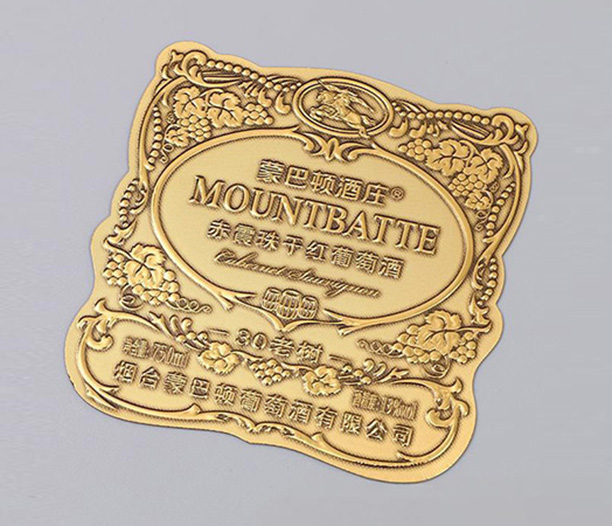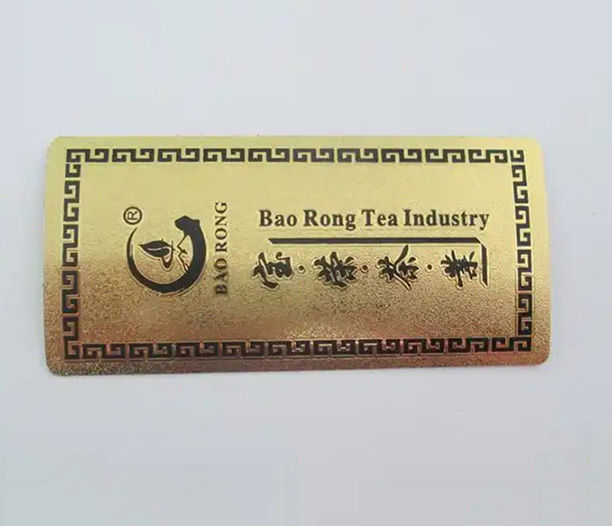Whether you’re managing a factory floor, a laboratory, or a fleet of vehicles, you’ve likely encountered equipment label stickers. These small but crucial assets do more than just display a name or a barcode; they are fundamental to safety, organization, and compliance. Choosing the right type, however, can be a complex task. This article delves into seven essential aspects of equipment label stickers, from material selection to application best practices, helping you make an informed decision that enhances your operational workflow.

1. Why Equipment Label Stickers Are More Than Just Tags
At their core, equipment label stickers serve as the primary interface between your assets and the people who interact with them. They are silent communicators that convey critical information instantly. A well-designed label can prevent accidents by displaying safety warnings, streamline maintenance by showing service schedules, and improve inventory management through scannable codes. Ignoring their importance can lead to miscommunication, safety hazards, and costly operational downtime. Investing in high-quality equipment label stickers is not an expense; it's an investment in clarity and safety.
2. Material Matters: Selecting the Right Sticker for Your Environment
Not all equipment label stickers are created equal. The environment in which they will be placed dictates the material you should choose.
Indoor/Dry Environments: For office equipment or indoor machinery not exposed to harsh conditions, a standard vinyl or polyester material with a basic adhesive is often sufficient. These are cost-effective and ideal for asset tagging or basic informational labels.
Outdoor/Harsh Conditions: If your equipment is exposed to sunlight, rain, or extreme temperatures, you need durable materials. Laminated polyester or vinyl with UV inhibitors and a strong, permanent acrylic adhesive is essential. These stickers resist fading, moisture, and peeling.
Chemical & Abrasion Resistance: In laboratories, manufacturing plants, or warehouses, equipment label stickers often face exposure to oils, solvents, and physical abrasion. In these cases, thermoplastic or anodized aluminum labels with chemical-resistant coatings are the best choice. They ensure that critical information remains legible for the lifespan of the asset.
3. The Adhesive Backing: Ensuring Your Stickers Stay Put
The material is only half the battle; the adhesive is what keeps your equipment label stickers securely in place. Selecting the wrong adhesive can lead to labels falling off, which defeats their entire purpose.
Permanent Acrylic Adhesives: These are the most common for industrial applications. They form a powerful bond with surfaces and are designed to be long-lasting, even through temperature fluctuations and mild chemical exposure.
Removable Adhesives: Useful for temporary identification or on equipment that undergoes frequent reassignment. They hold firmly but can be removed without leaving a sticky residue.
High-Tack Adhesives: For challenging surfaces like textured plastic, rubber, or slightly dusty equipment, high-tack adhesives provide an aggressive initial grip to ensure the sticker bonds properly.
4. Printing Technologies: Durability vs. Cost
How your equipment label stickers are printed directly affects their durability and cost.
Thermal Transfer Printing: This is the industry standard for creating durable, long-lasting labels. It uses a heated ribbon to melt ink onto the material, producing smudge-proof, chemical-resistant, and highly legible labels. It's ideal for barcodes, serial numbers, and safety warnings that need to withstand harsh conditions.
Inkjet & Laser Printing: These are suitable for short-term, indoor applications. While cost-effective for large batches of simple labels, they are generally not waterproof or abrasion-resistant unless a protective laminate is applied over the print.
Pre-Printed Labels: For standardized messages like "Danger: High Voltage" or "Authorized Personnel Only," pre-printed equipment label stickers offer consistency and high-quality, industrial-grade printing.

5. Key Applications Across Industries
The versatility of equipment label stickers is evident in their wide range of applications.
Safety and Compliance: Perhaps the most critical use. They display hazard warnings, safety instructions, and compliance certifications to meet OSHA and other regulatory standards.
Asset Tracking and Management: With barcodes or QR codes, these stickers become the digital identity of an asset, enabling efficient tracking, maintenance scheduling, and inventory management.
Maintenance and Inspection: Labels indicating the last service date, next inspection due, or calibration status are vital for preventative maintenance programs.
Electrical Panels and Wiring: They provide clear circuit identification, voltage warnings, and load information, which is crucial for electricians and maintenance technicians.
6. A Simple Guide to Customizing Your Labels
Custom equipment label stickers allow you to get exactly what you need. When working with a supplier, consider these elements:
Shape and Size: Determine the available space on your equipment. Die-cut labels can be made into unique shapes to fit specific contours or panels.
Content and Graphics: Plan what information is essential. Include text, logos, barcodes, and universal warning symbols. Prioritize clarity and avoid clutter.
Sequential Numbering: For asset tracking, request sequentially numbered equipment label stickers to create a unique identifier for each item.
Protective Overlaminate: For added durability, a clear protective laminate can be applied over the print. This adds a layer of protection against scratches, chemicals, and UV exposure.
7. Cost Considerations: Balancing Price with Performance
The price of equipment label stickers can vary significantly. While it's tempting to choose the cheapest option, it's important to consider the total cost of ownership. A low-cost sticker that fades, peels, or becomes unreadable in six months will need to be replaced, incurring labor and material costs again. Investing in a slightly more expensive, but highly durable, solution from the start often proves more economical in the long run. Factors influencing cost include material type, printing technology, customization level, and order quantity.
Frequently Asked Questions (FAQs)
Q1: What is the best way to apply equipment label stickers to ensure they adhere properly?
A1: For optimal adhesion, the surface must be completely clean, dry, and free of dust, oil, or grease. Use an isopropyl alcohol wipe to clean the area and allow it to fully evaporate. Apply the sticker firmly, using a squeegee or a similar tool to press out any air bubbles and ensure full contact with the surface. For best results, apply when the surface temperature is above 50°F (10°C).
Q2: Can equipment label stickers be removed without damaging the underlying surface?
A2: Yes, but it depends on the adhesive. Removable adhesives are designed for this purpose. For permanent adhesives, careful application of heat from a heat gun can soften the glue, allowing you to slowly peel the sticker away. Any residual adhesive can typically be removed with a commercial adhesive remover or rubbing alcohol, but always test on a small, inconspicuous area first.
Q3: How long can I expect a typical industrial-grade equipment label sticker to last outdoors?
A3: The lifespan varies by material. A high-quality polyester or vinyl label with a UV-protective laminate, designed for outdoor use, can last between 3 to 7 years without significant fading or deterioration. More durable materials like anodized aluminum can last for the entire service life of the equipment.
Q4: Are there any regulations governing the content and design of safety-related equipment label stickers?
A4: Absolutely. Various agencies set standards for safety labels. In the United States, OSHA requires specific hazard communication, and the American National Standards Institute (ANSI) provides design standards (like ANSI Z535.4) that dictate the use of signal words (DANGER, WARNING, CAUTION), colors, and pictograms to ensure consistency and immediate recognition.
Q5: What information is most important to include on an asset tracking label sticker?
A5: At a minimum, an asset tracking label should include a unique identifier, such as a serial number or barcode. It can also be helpful to include the company name, a QR code linking to the asset's maintenance history, the purchase date, and the department to which it is assigned. The goal is to have all key information either visible or accessible via a quick scan.






